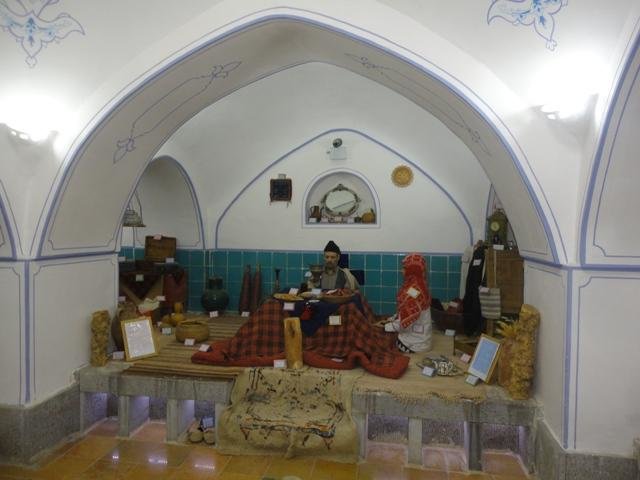Since the very beginning, bathhouses were among the highly important urban spaces and structures. Following mosques and schools, they were almost the most important urban buildings, particularly in Iran.
According to a Farsi report by IMNA, in the past, a number of factors were taken into consideration when constructing different sections of a bathhouse and designing its spaces.
They included providing easy access to different parts of the bathhouse; making it possible to regulate the temperature of the building’s interior spaces; controling the humidity; and sending the wastewater produced in the building out through channels. It was also important to build bathhouses within an urban texture.
‘Meymeh Gordeh Bathhouse’ in Meymeh county in Isfahan Province, central Iran, is one of these old buildings which has dome-like roofs and tall pillars. Lime and brick are the two main materials used in the construction of the bathhouse. ‘Gordeh’ means big in local dialect.
Located in front of Meymeh’s main mosque, known as ‘Jame Mosque’, the bathhouse was converted into an anthropology museum by the Cultural Heritage, Handicrafts and Tourism Organization of Isfahan Province in 2007. The aim of the move has been to showcase the regional people’s indigenous culture, customs, traditions; as well as professions and occupations in the past.
Meymeh’s bathhouse has been constructed in an area spanning 500 square meters.
A total of 600 antique items and historical objects are kept at the museum that help put on display the native people’s life 400 years ago.
